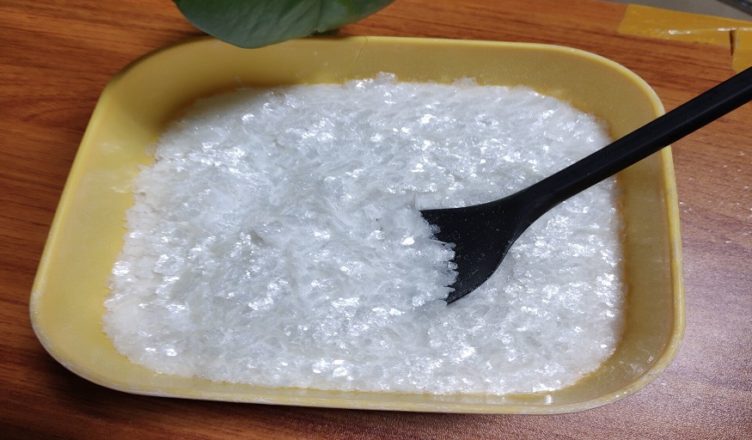Phosphorus contains chemical fertilizers, phosphoric acid, and phosphate salts and derivatives are widely used throughout the world. In addition to their very large use in fertilizers, phosphorus derivatives are widely used in food and medicine and for treating water, plasticizing in the plastic and lacquer industries, flameproofing cloth and paper, refining petroleum, rustproofing metal and for a large number of miscellaneous purposes. Most of the phosphate salts are produced for detergents in washing compounds. Many phosphorous compounds are extracted from orthophosphoric acid, formed by oxidation of elemental phosphorus, with the exception of fertilizer materials.
Read more: Wish to Write a Novel the Easy Method?
Boric acid (H3BO3), a very acid because it dissociates according to the equilibrium and has been proven with large doses by Biswanger but actually its actions are known only from accidental poisonings. Several boric acids are known which are derived from boron trioxide with different amounts of water. The most important of these is orthoboric acid or simply boric acid. As the demand for boric acid increased on account of the immense consumption of borax in the porcelain manufacture. The crystals of boric acid, as imported from these sources, contain salts of ammonia and other impurities.
Phosphoric Acid Applications
In addition to sulfuric acid, phosphoric acid is the common chemical tool for converting into activated charcoal in impure mined charcoal. In the other way, the accumulation of phosphate salts released into marine waters and waterways contributes to eutrophication and often to micro-algal blooms due to the failure of some microorganisms’ natural and harmonic life cycles.
For a number of prescription products, phosphoric acid is often commonly used as an acidifying agent. When mixed with a phosphate salt such as sodium phosphate, monobasic, or dibasic it is used in pharmaceutical drugs as part of a buffer system. This is also commonly used as an acidulant, flavouring, and synergistic antioxidant and sequestering in food preparations.
Therapeutically diluted phosphoric acid has been well diluted in preparations used in nausea and sickness treatment. Phosphoric acid 35 per cent gel was used to keep tooth enamel rich and to enhance drug absorption through the skin. It was made from nanosized hydroxyapatite powder by combining phosphoric acid with eggshells.
Properties and Uses of Boric acid
Boric acid is a smooth and soapy translucent, crystalline powder to touch. In cold water, boric acid is somewhat soluble but in hot water, it is relatively soluble. Once boric acid is heated it decomposes to form metaboric acid at 375 K, tetraboric acid at 435 K and red heat becomes boron trioxide.
Uses of Boric Acid
Boric acid finds the following uses.
- Boric acid is used in the manufacture of enamels and pottery glazes.
- Boric acid is used as a food preservative in the food industry.
- Boric acid is used in the manufacture of pigments and borax.
- Boric acid is used in medicines as an eyewash.
- Boric acid is used for making borosilicate glass.
Boric acid comprises planar BO33 units that are bonded together by hydrogen bonding forming a planar trigonal layer structure. The hydrogen atoms serve as bridges between two separate BO33 unit oxygen atoms.

